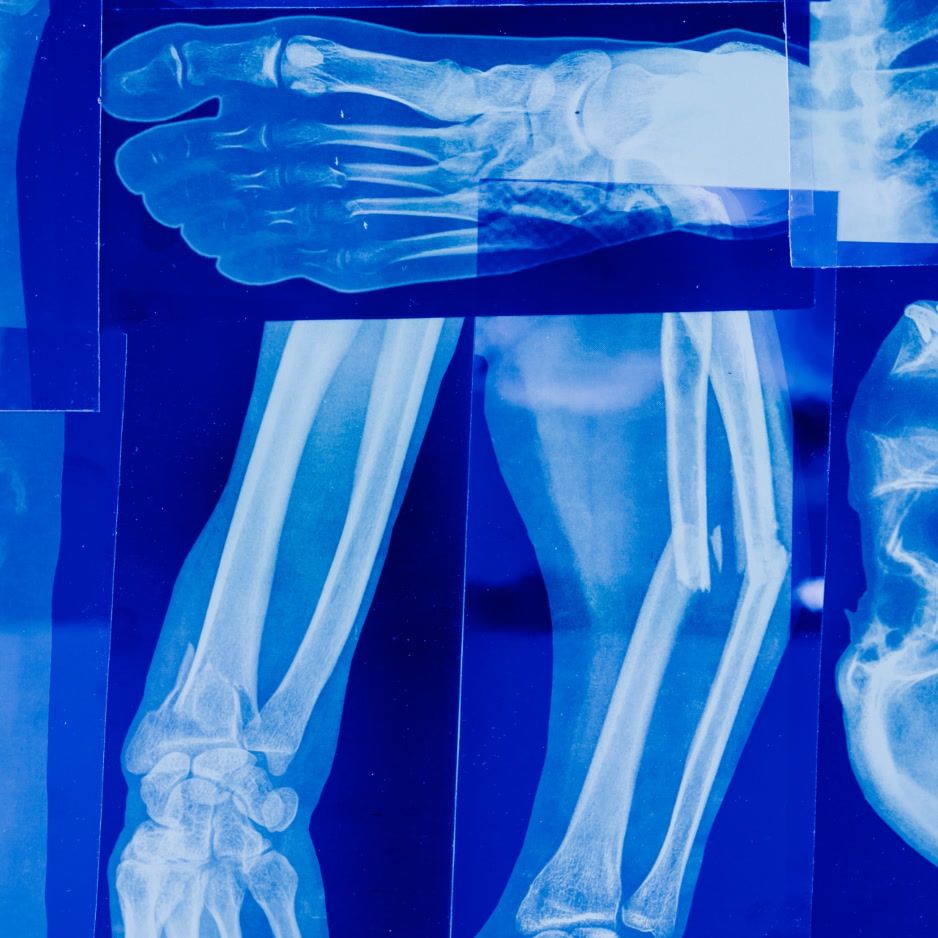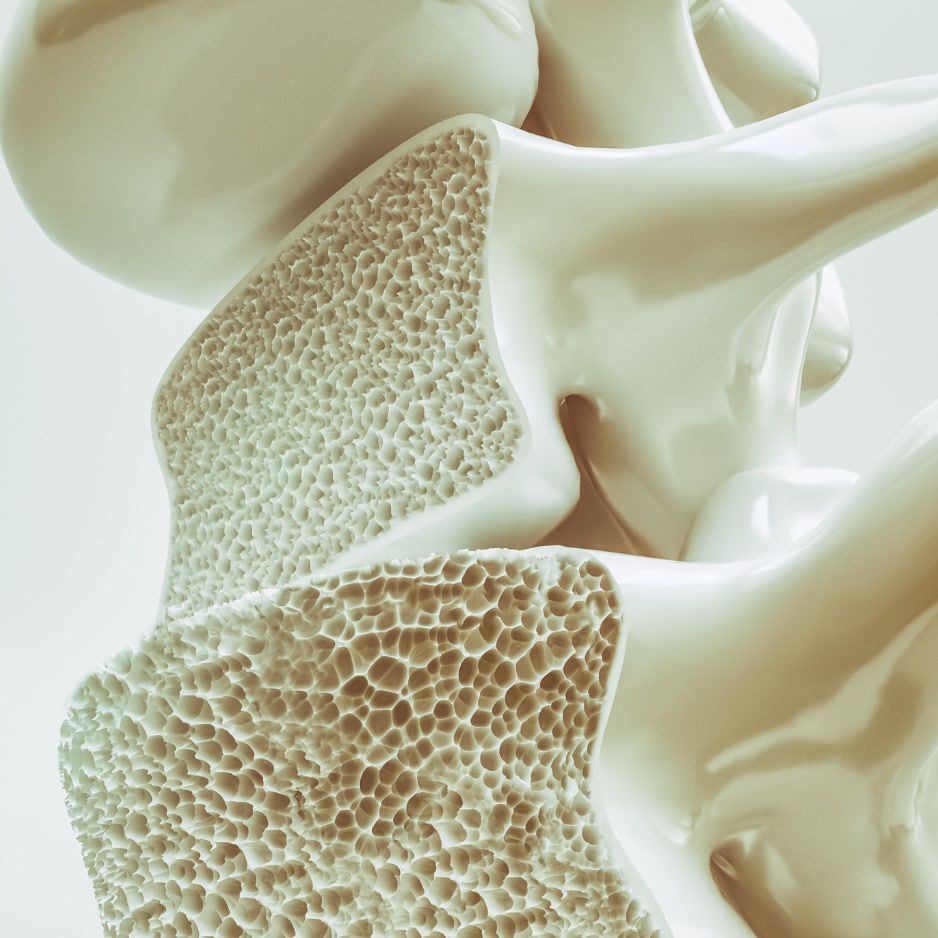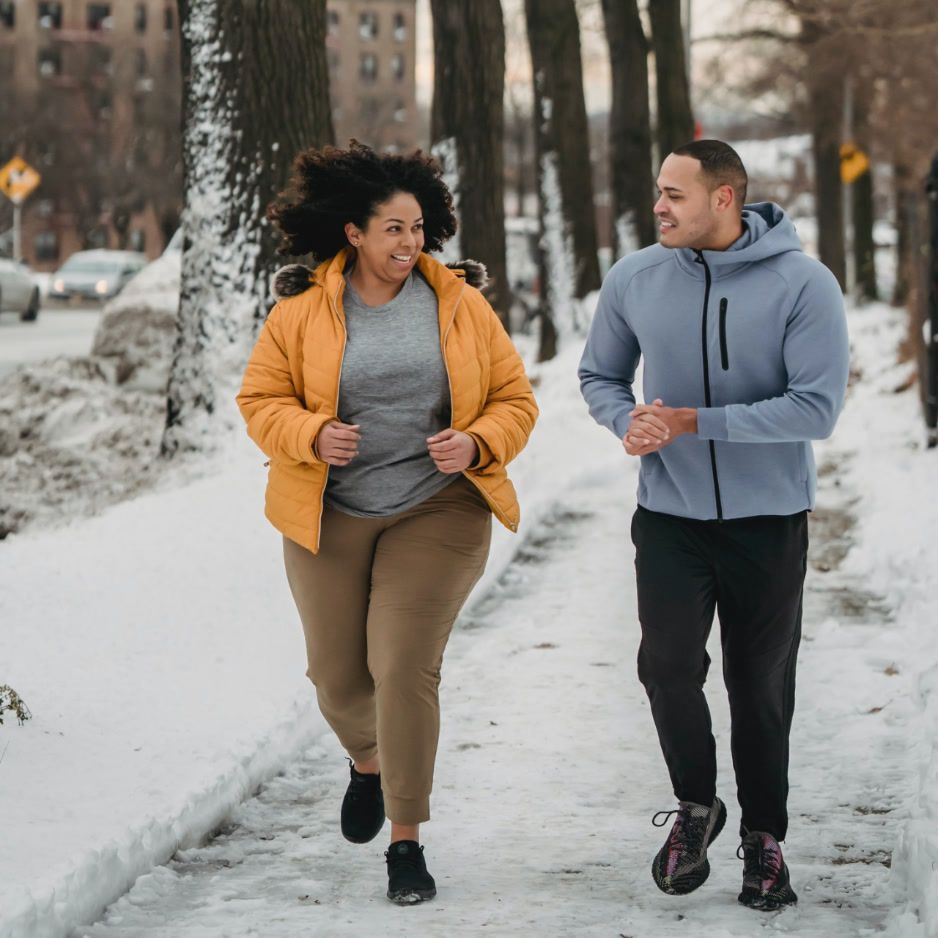Joint Pain: Causes, Diagnosis & Relief Strategies
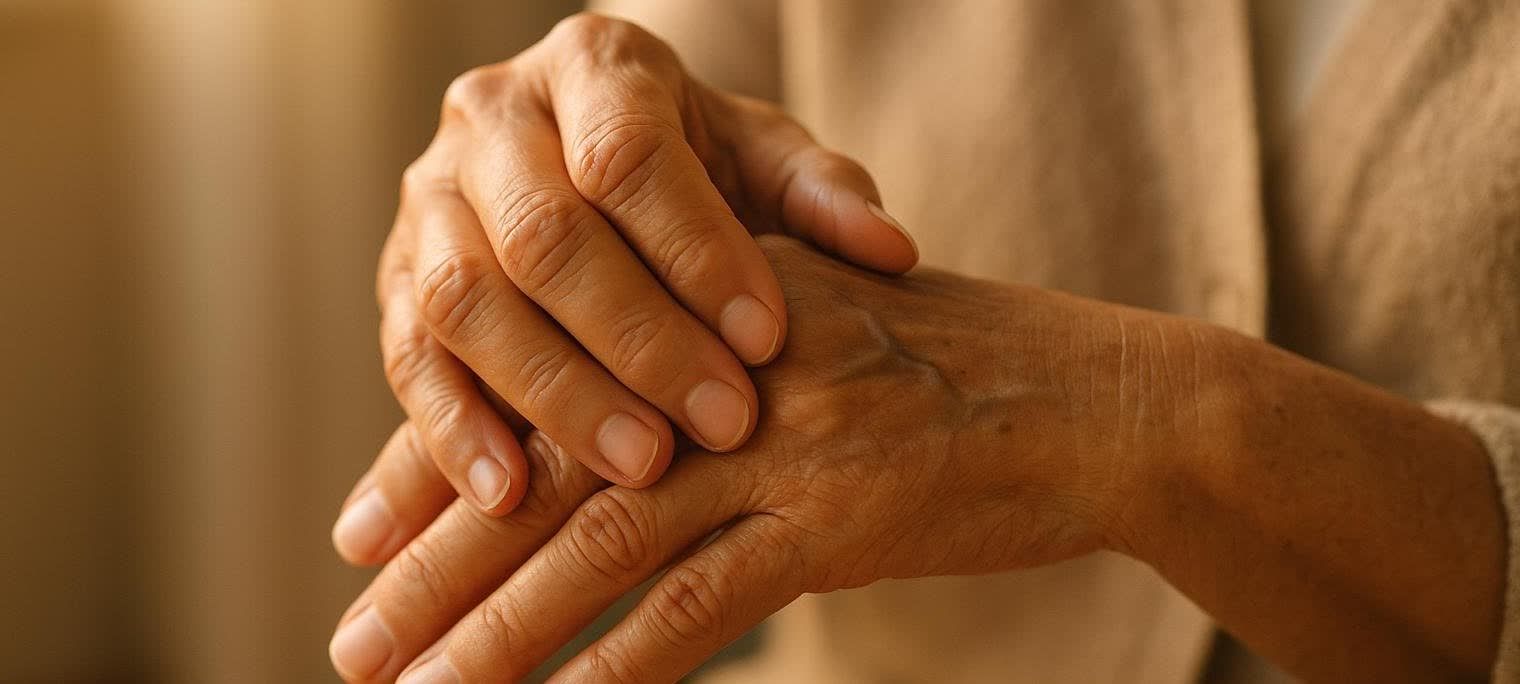
Joint Pain: Causes, Diagnosis & Relief Strategies
Joint pain is one of the top reasons adults see a doctor and cut back on physical activity. More than 50 million U.S. adults report chronic joint discomfort (CDC), and the numbers rise with age, weight, and certain sports or occupations. If bending, reaching, or simply getting out of a chair has started to hurt, this guide explains what’s happening inside your joints—and the proven steps you can take to feel better.
Table of Contents
- What Is Joint Pain?
- Common Causes of Joint Pain
- Red-Flag Symptoms: When to See a Doctor
- How Joint Pain Is Diagnosed
- Evidence-Based Treatment Options
- Daily Relief Routines
- FAQ
- Takeaways
What Is Joint Pain?
A joint is where two or more bones meet—think knees, hips, shoulders, and even the tiny joints of your fingers. Joint pain (arthralgia) refers to any discomfort, soreness, or stiffness in these areas. Pain may be constant or intermittent, sharp or achy, and can limit everything from gripping a coffee mug to climbing stairs (Cleveland Clinic).
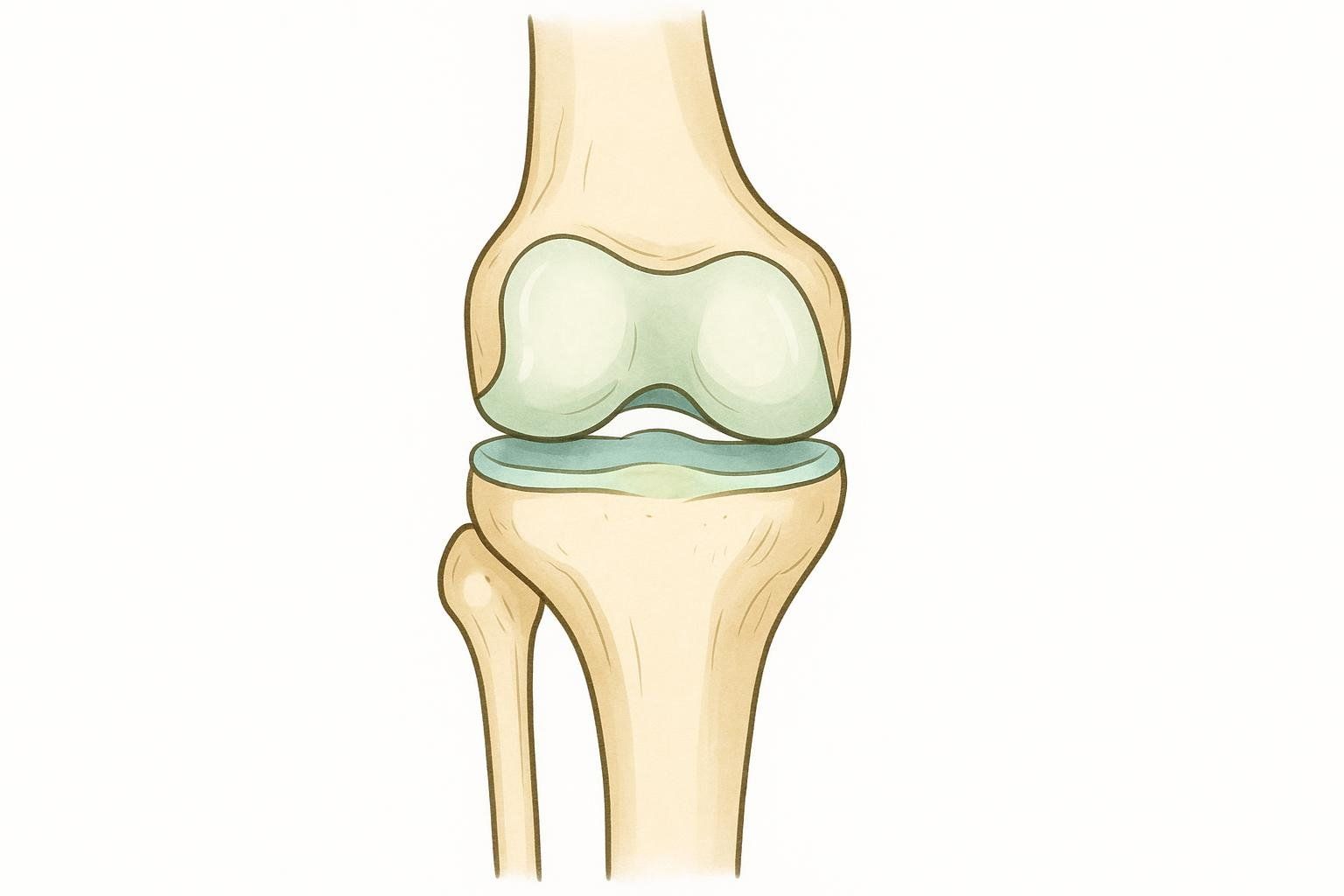
Fast facts
- 1 in 4 adults have a diagnosed form of arthritis (NIH).
- Women and people over 65 report the highest prevalence.
- Excess body fat drives systemic inflammation that can worsen joint pain (Arthritis Foundation).
Common Causes of Joint Pain
| Category | Representative Conditions | Key Features |
|---|---|---|
| Degenerative | Osteoarthritis | Cartilage breakdown; pain worsens with activity, improves with rest. |
| Inflammatory | Rheumatoid arthritis, psoriatic arthritis, gout | Prolonged morning stiffness, symmetrical swelling, or sudden hot painful joints. |
| Overuse / Soft-tissue | Tendinitis, bursitis | Localized pain, often in shoulders, elbows, or knees; aggravated by repetitive motions. |
| Traumatic | Sprains, fractures, meniscus tears | Acute pain after an injury; swelling and limited range of motion. |
| Infectious | Septic arthritis, Lyme disease | Rapid onset, fever, single swollen joint. |
| Metabolic / Hormonal | Obesity, hypothyroidism | Added mechanical load or fluid retention can stress joints. |
| Lifestyle | Prolonged sitting, poor ergonomics | Stiffness and aching, especially in spine and hips. |
Red-Flag Symptoms: When to See a Doctor
Seek prompt medical evaluation if you notice any of the following:
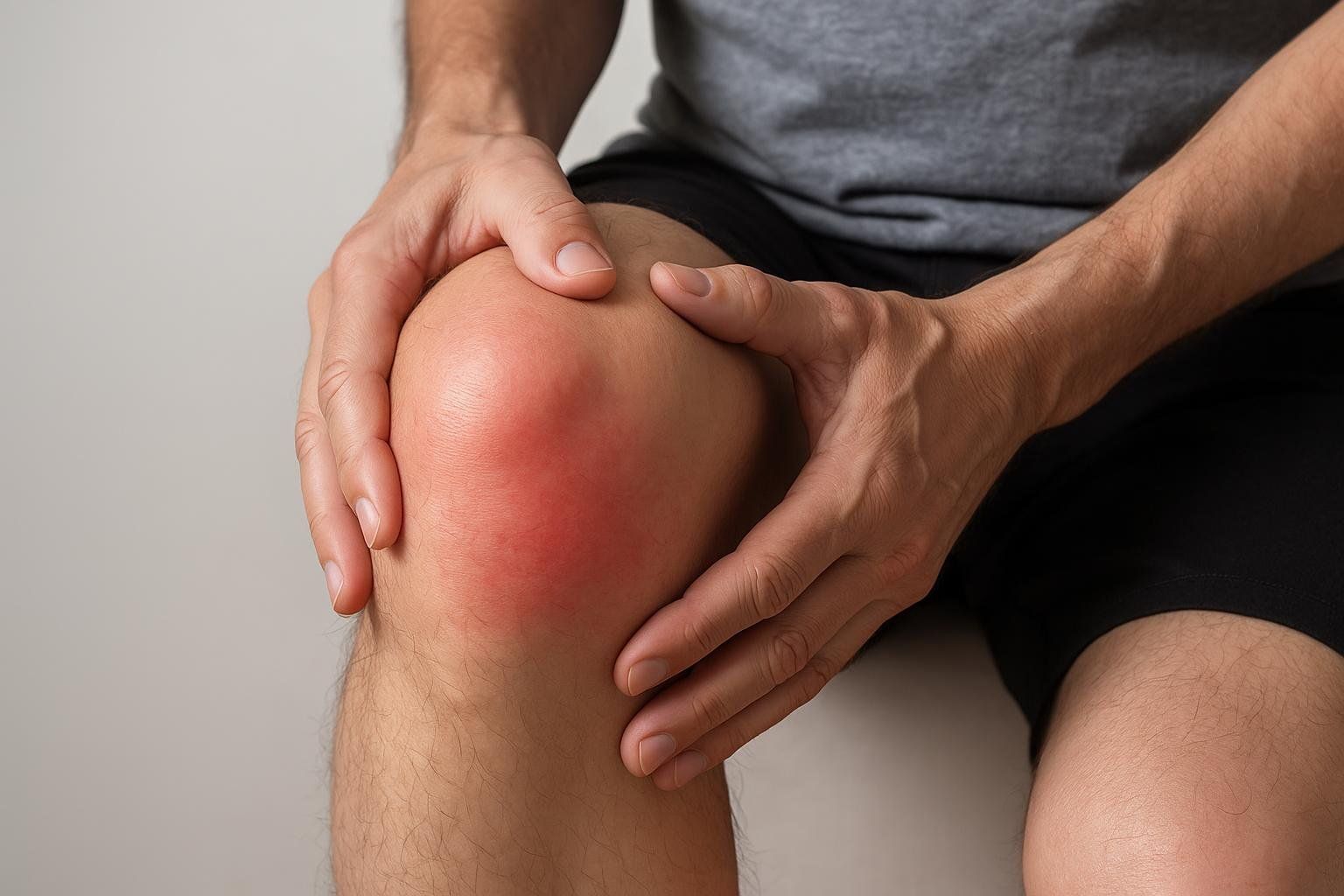
- A joint that is hot, red, or dramatically swollen—possible infection, gout flare, or fracture.
- Fever above 100.4 °F (38 °C) combined with joint pain—can indicate systemic infection or inflammation.
- Pain that began immediately after an injury (fall, twist, or impact) and persists or prevents weight-bearing.
- Morning stiffness lasting longer than 30 minutes—may signal an inflammatory arthritis.
- Numbness, tingling, or loss of bladder/bowel control—could reflect spinal nerve involvement and requires urgent attention.
How Joint Pain Is Diagnosed
- History & Physical Exam – Your clinician asks about symptom onset, pattern, and triggers.
- Imaging
• X-ray for bone alignment and cartilage space.
• MRI or ultrasound for soft-tissue detail. - Lab Tests – Blood work for inflammatory markers (ESR, CRP), uric acid, or auto-antibodies.
- Joint Aspiration – Fluid analysis can rule out infection or gout.
Evidence-Based Treatment Options
1. Medications (Pain-Relief Ladder)
| Class | Examples | Best For | Notes |
|---|---|---|---|
| OTC Analgesics | Acetaminophen | Mild pain | Liver-safe dosing ≤3 g per day. |
| NSAIDs | Ibuprofen, naproxen | Pain + inflammation | Monitor for stomach, kidney, and heart effects. |
| Topical NSAIDs | Diclofenac gel | Localized knee/hand arthritis | Fewer systemic risks. |
| Prescription | COX-2 inhibitors, corticosteroids, DMARDs | Moderate-to-severe or autoimmune conditions | Require medical supervision. |
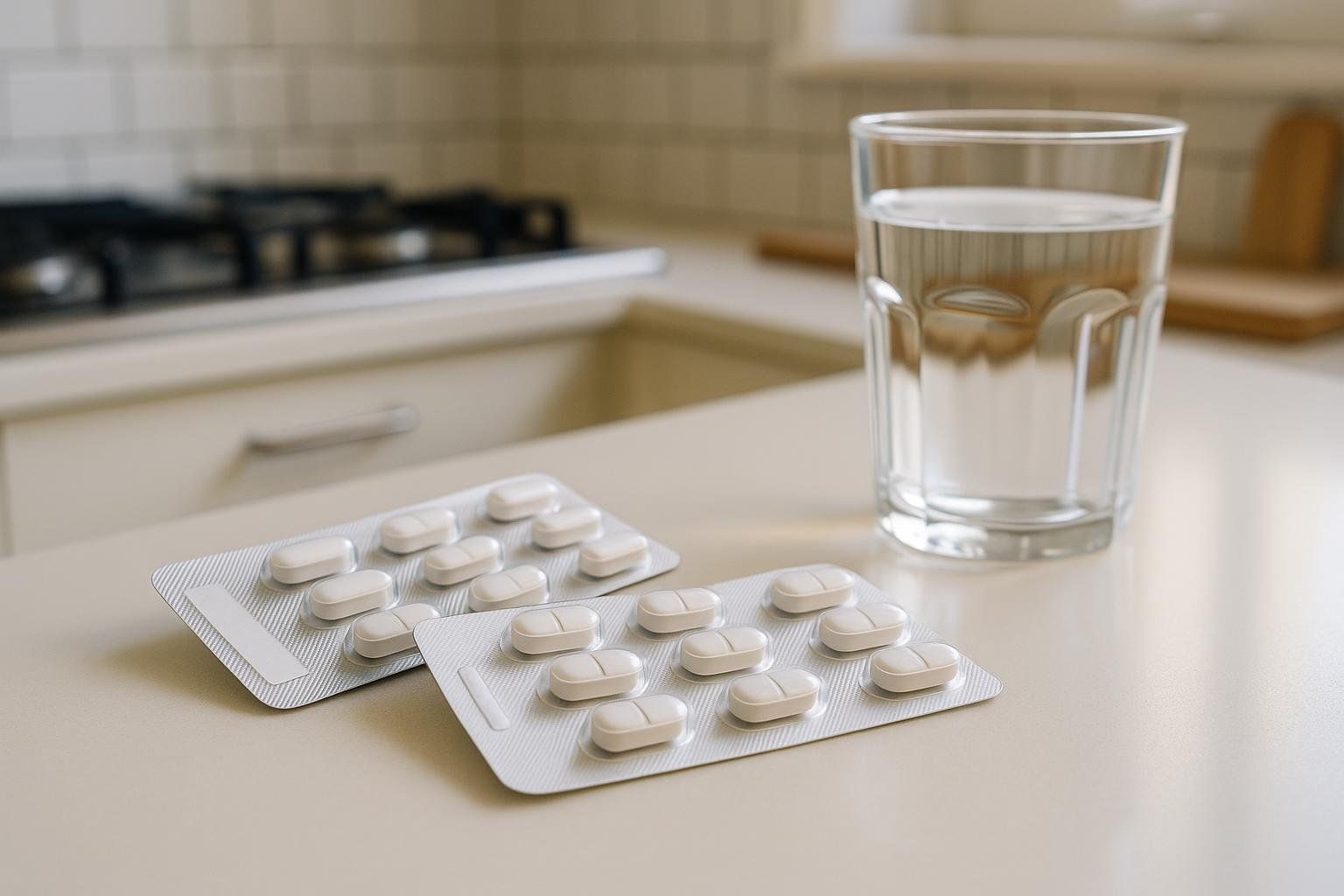
2. Non-Drug Therapies
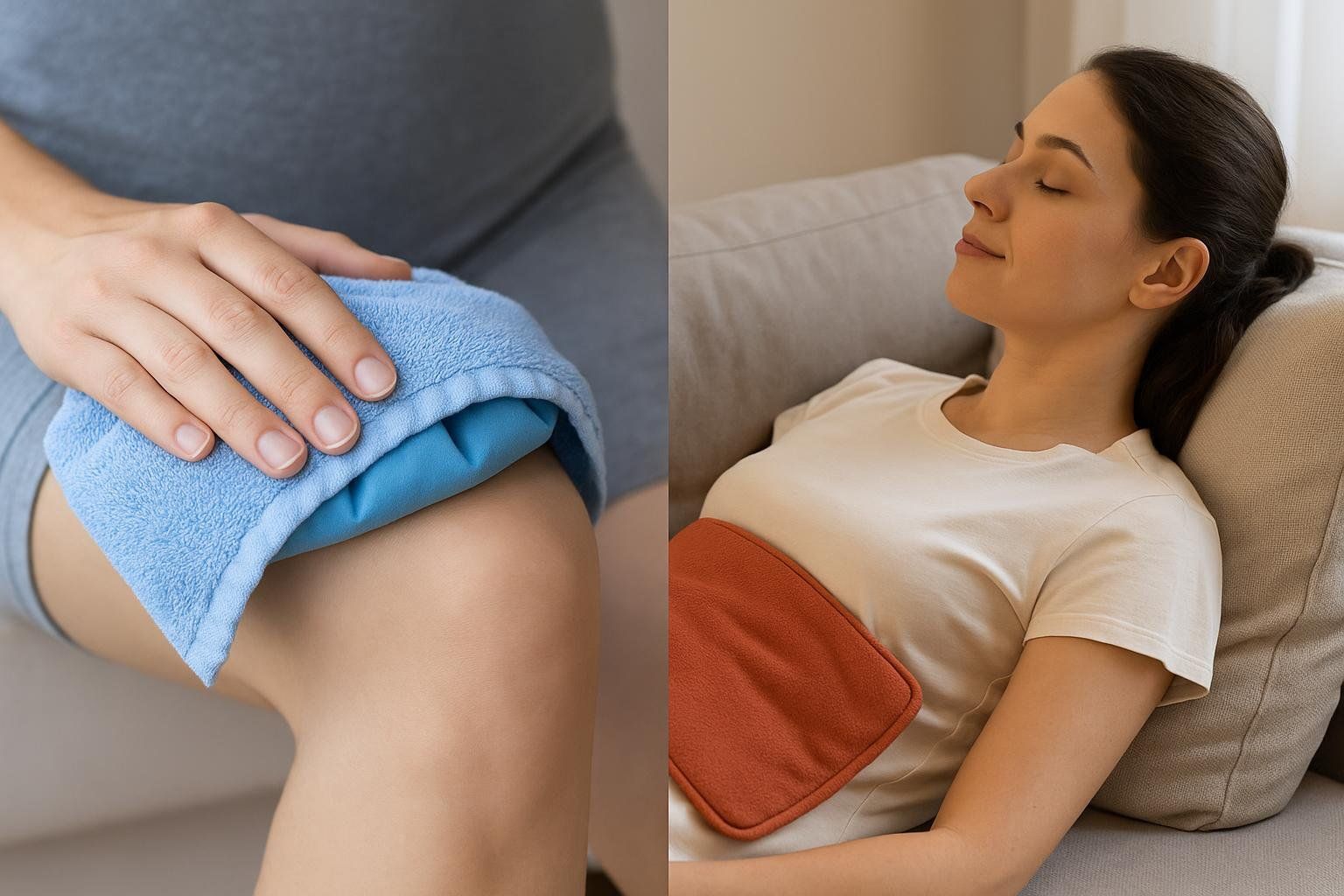
- Thermotherapy – Heat relieves stiffness; ice reduces acute swelling (Johns Hopkins).
- Physical Therapy – Strengthens supporting muscles and corrects mechanics.
- Weight Management – Each pound lost removes about four pounds of pressure from the knee during daily activities (PubMed).
- Body Composition Tracking – A DEXA scan can measure factors like bone density and visceral fat to guide personalized weight-loss or strength programs.
- Supplements – Glucosamine and chondroitin provide modest relief for some; see our guide to supplements for joint health.
- Mind-Body Techniques – Yoga, tai chi, and mindfulness can reduce pain perception.
- Assistive Devices – Braces, orthotics, or ergonomic chairs for desk workers.
3. Interventional & Surgical Options
- Corticosteroid or hyaluronic acid injections for targeted relief lasting weeks to months.
- Arthroscopy to repair meniscus or remove loose cartilage.
- Osteotomy to realign weight-bearing axes.
- Joint Replacement when structural damage is severe; knees and hips are most common.
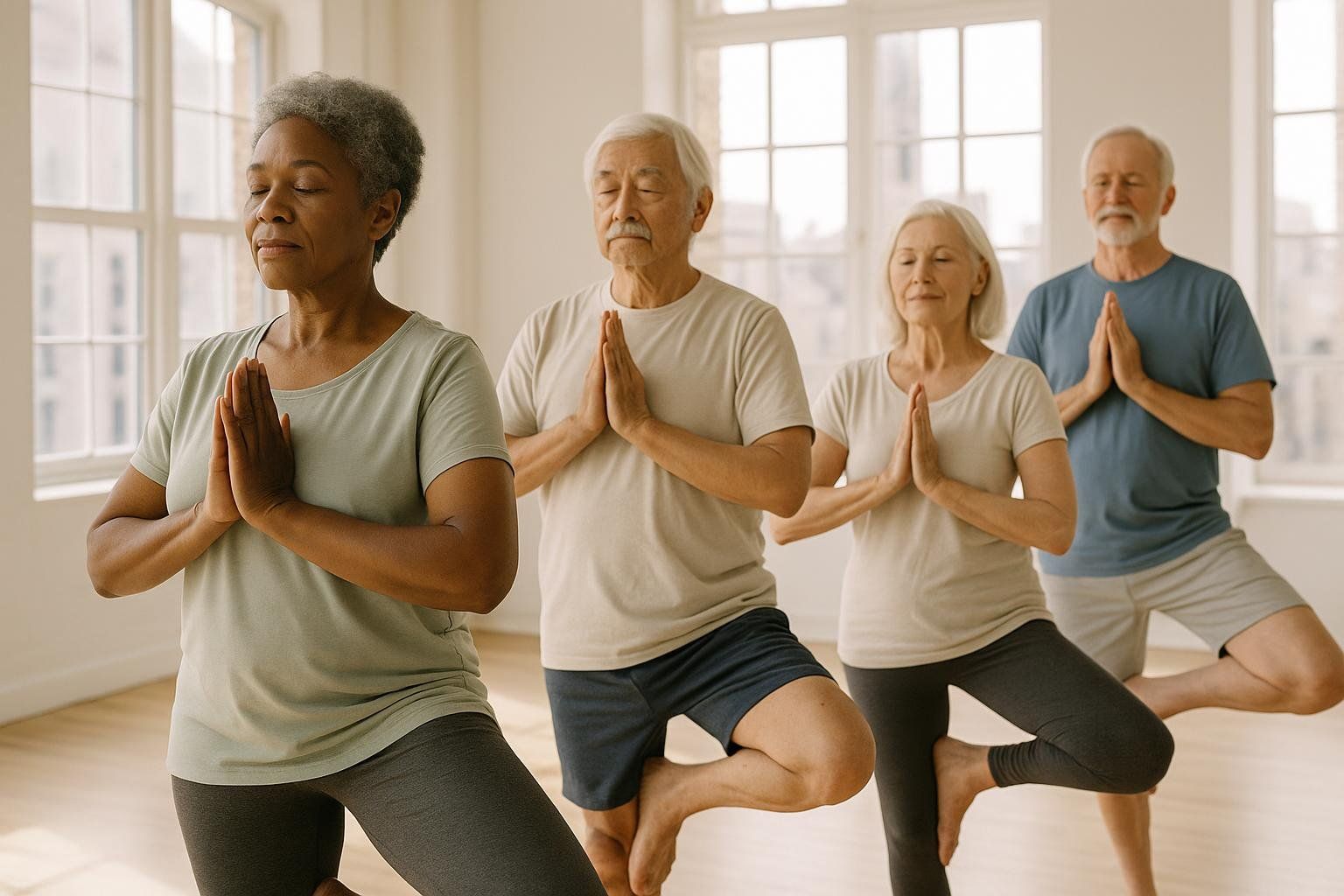
Daily Relief Routines
Disclaimer: Always consult a qualified healthcare professional before starting a new exercise program, especially if you have joint disease or recent injury.
Seniors: Morning Mobility Circuit
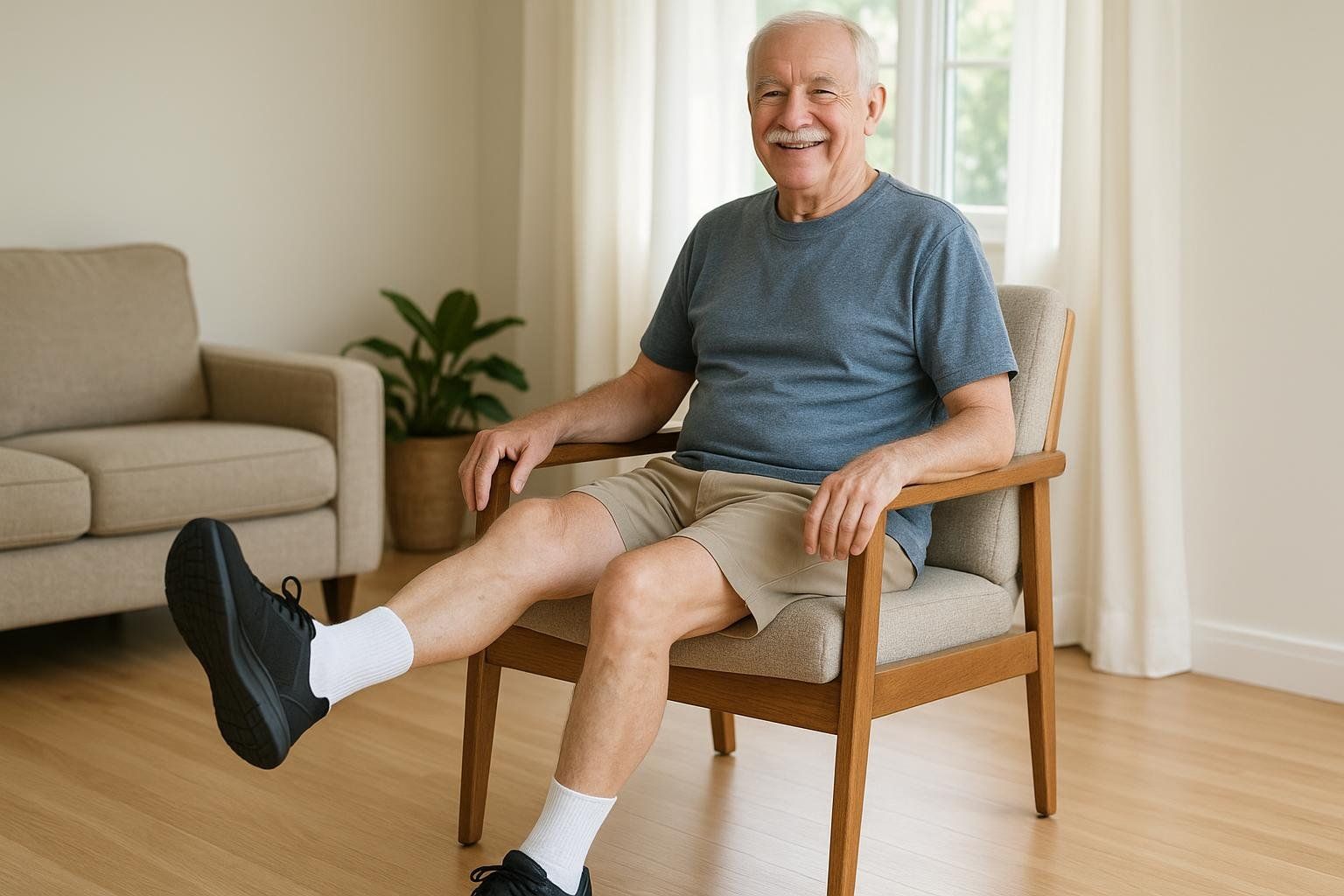
- Seated knee extensions – 2 × 12
- Ankle pumps – 30 seconds each side
- Wall-assisted sit-to-stands – 2 × 10
Runners: Post-Run Recovery (≈10 minutes)
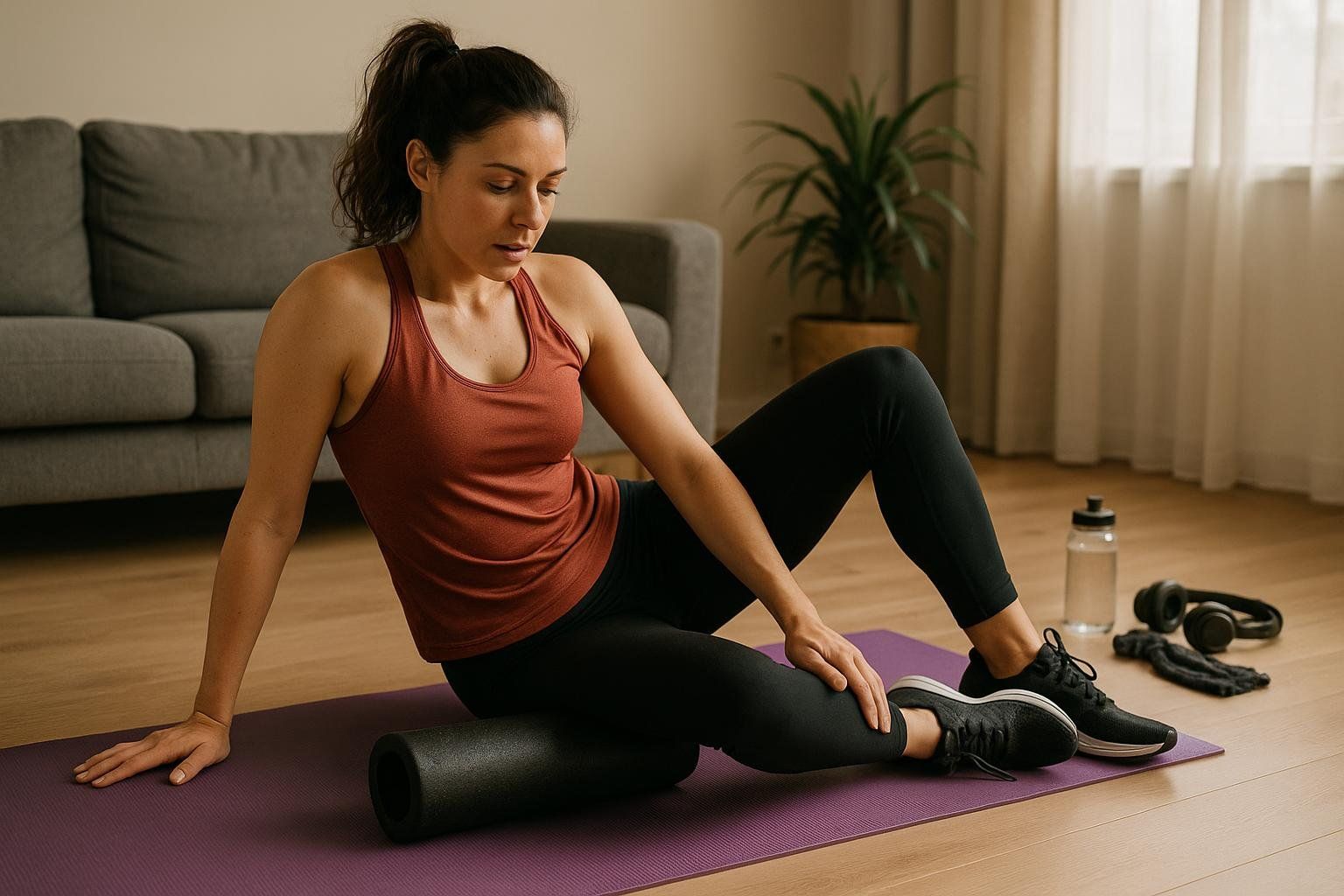
- Foam-roll quadriceps & IT band – 60 sec each
- Standing calf stretch – 30 sec/side
- Glute bridges – 3 × 15
Desk Workers: Hourly Mini Break
- Thoracic spine opener – 10 reps
- Hip flexor stretch – 30 sec/side
- Wrist circles – 20 reps
For demo videos and progressions, see our full mobility exercise library.
FAQ
What’s the difference between osteoarthritis and rheumatoid arthritis?
Osteoarthritis is a wear-and-tear condition that gradually erodes cartilage, typically affecting one side of the body. Rheumatoid arthritis is an autoimmune disease that attacks joint lining, often causing symmetrical swelling and prolonged morning stiffness.
Can weather make joint pain worse?
Some people notice more discomfort with barometric-pressure changes, humidity, or cold temperatures. The scientific evidence is mixed, but staying warm and active can help offset these effects.
Is heat or ice better for sore joints?
Ice is useful for acute swelling or new injuries, while heat tends to relieve chronic stiffness. Many people cycle between the two for optimal comfort.
Do I need to stop exercising if my joints hurt?
After checking with your healthcare provider, it’s often better to modify activity rather than stop completely. Low-impact options like swimming, cycling, or walking lubricate joints and strengthen supporting muscles.
Takeaways
- Joint pain is common but often manageable with a structured plan.
- Recognize red-flag symptoms and seek professional evaluation when needed.
- Combine medications, lifestyle changes, and targeted exercises for meaningful relief.
- Improving body composition by reducing excess body fat and preserving muscle can significantly lower stress on your joints.
Ready to see how your bone density and muscle balance stack up? Book a DEXA scan and get data-driven insights for healthier, stronger joints.
